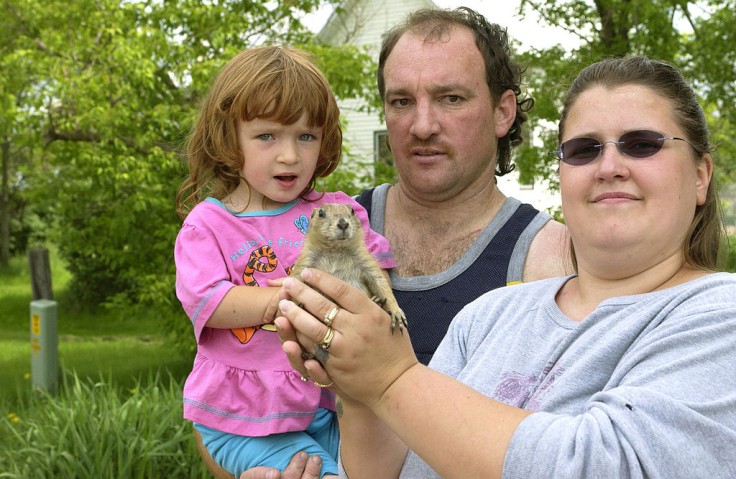
Experts have warned of Monkeypox's "high risk" spread to kids under eight as the school season starts. Four children in the country have tested positive for Monkeypox after federal officials confirmed two other cases last month.
There are 22,000 cases reported globally, 5,200 cases of these cases are from the U.S.
Since May, health officials have confirmed that 5,811 Americans have been infected with the virus. The first two Monkeypox cases on children in the US were a toddler in California and a non-resident from the UK who was tested in the Washington DC area. The children are now receiving treatment and are in good health, The Sun reports.
The Center for Disease Control and Prevention (CDC) pushed a health alert over the weekend, citing preliminary evidence that has suggested that children below the age of eight could develop a more severe reaction to the virus.
Monkeypox on children
Dr. Aniruddha Hazra cited that out of the 15,000 cases reported to the World Health Organization (WHO), less than 75 have occurred in children. As per The Sun, the number of cases in children globally is small, but many global data are merged, making it difficult to know the exact number of children cases.
Per Dr. John Brownstein, chief innovation officer at Boston Children's Hospital, the four cases of children getting Monkeypox are low, but household transmission is possible. Hence, more kids getting infected with the virus is likely.
Symptoms of monkeypox in kids to watch out for
According to Kids Health, Monkeypox is caused by the monkeypox virus. It was discovered in laboratory monkeys in 1958. It is similar to smallpox, but it is less contagious and usually exhibits milder cases.
Common signs and symptoms include rash, headache, fever, body aches, and swollen lymph nodes. The rash initially looks like flat spots, eventually becoming bumps. The bumps become filled with fluids. In some cases, the sites would look like pimples or blisters. As the infected person heals, the bump crust falls off. The rash can be painful or itchy, making it more challenging to manage for kids. Usually, symptoms disappear within two to four weeks.
Its transmission mode is if a person contacts infected blood, body fluids (especially during sexual contact), or fluid from blisters. Unlike COVID-19, Monkeypox is not spread through respiratory droplets. However, it can be transmitted through close skin-to-skin contact or a secondary surface like clothing, bedding, or towels.
Experts recommend washing hands, masking, and avoiding contact with sick people and animals can protect people from getting sick. Smallpox vaccines are also effective against monkeypox infection.
Last week, New York became the first state to declare Monkeypox a "disaster emergency," with officials calling the city the "epicenter of the outbreak." San Francisco also declared an emergency local declaration for the disease.
This week, ABC News reports that Illinois declared Monkeypox a public health emergency, making the state a "disaster area" for the virus.
Related Article: Charlotte Woman Whose Baby Died Sues Abbott Alleging its Milk is Dangerous to Premature Babies